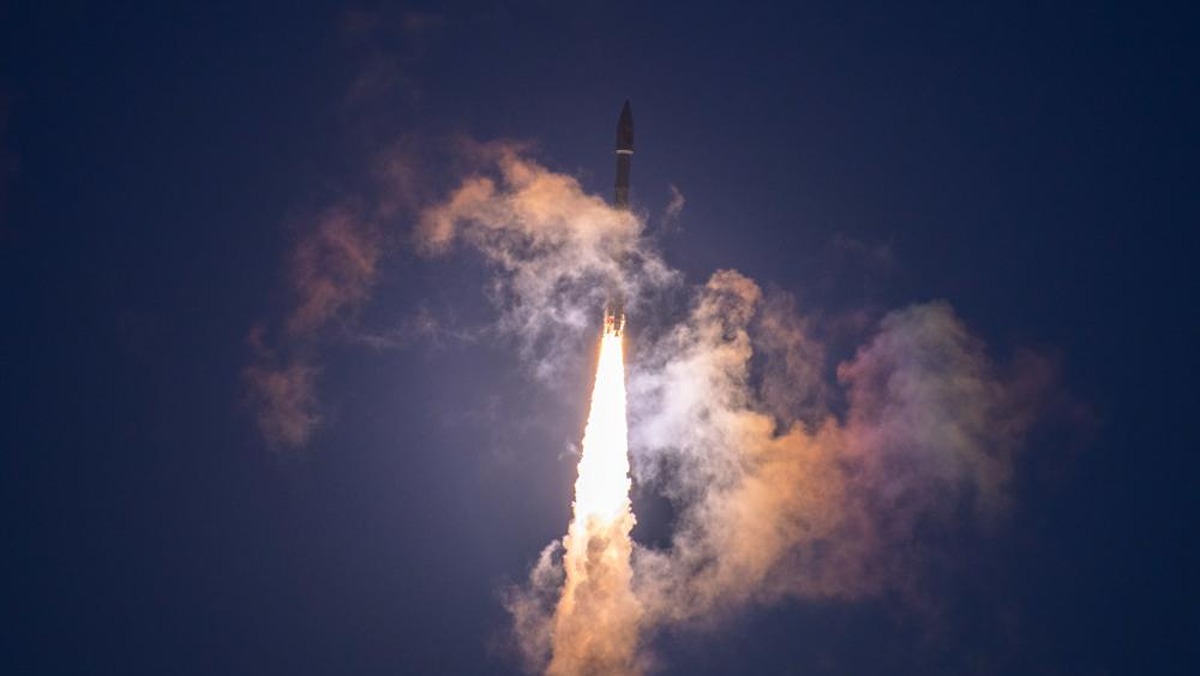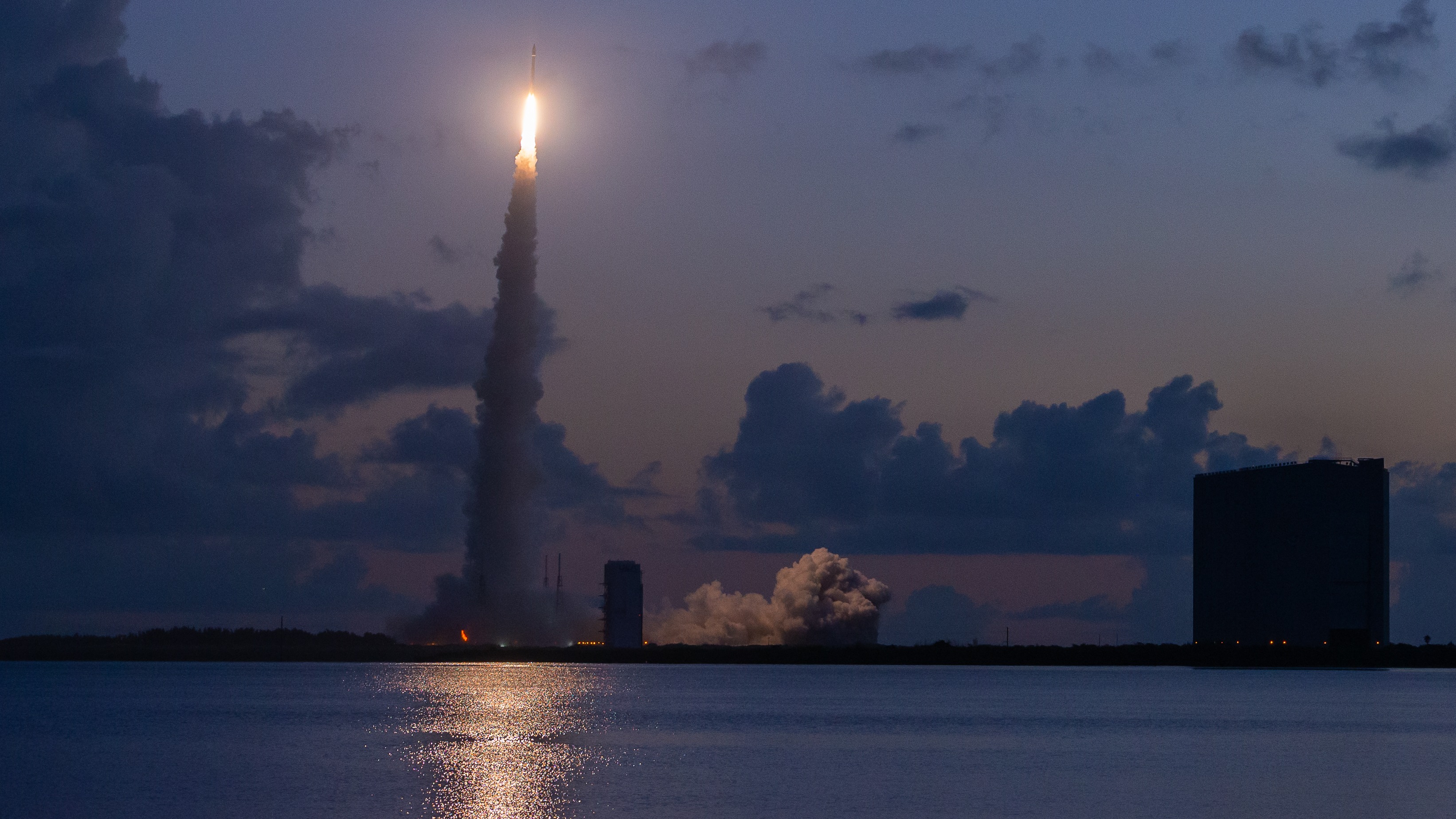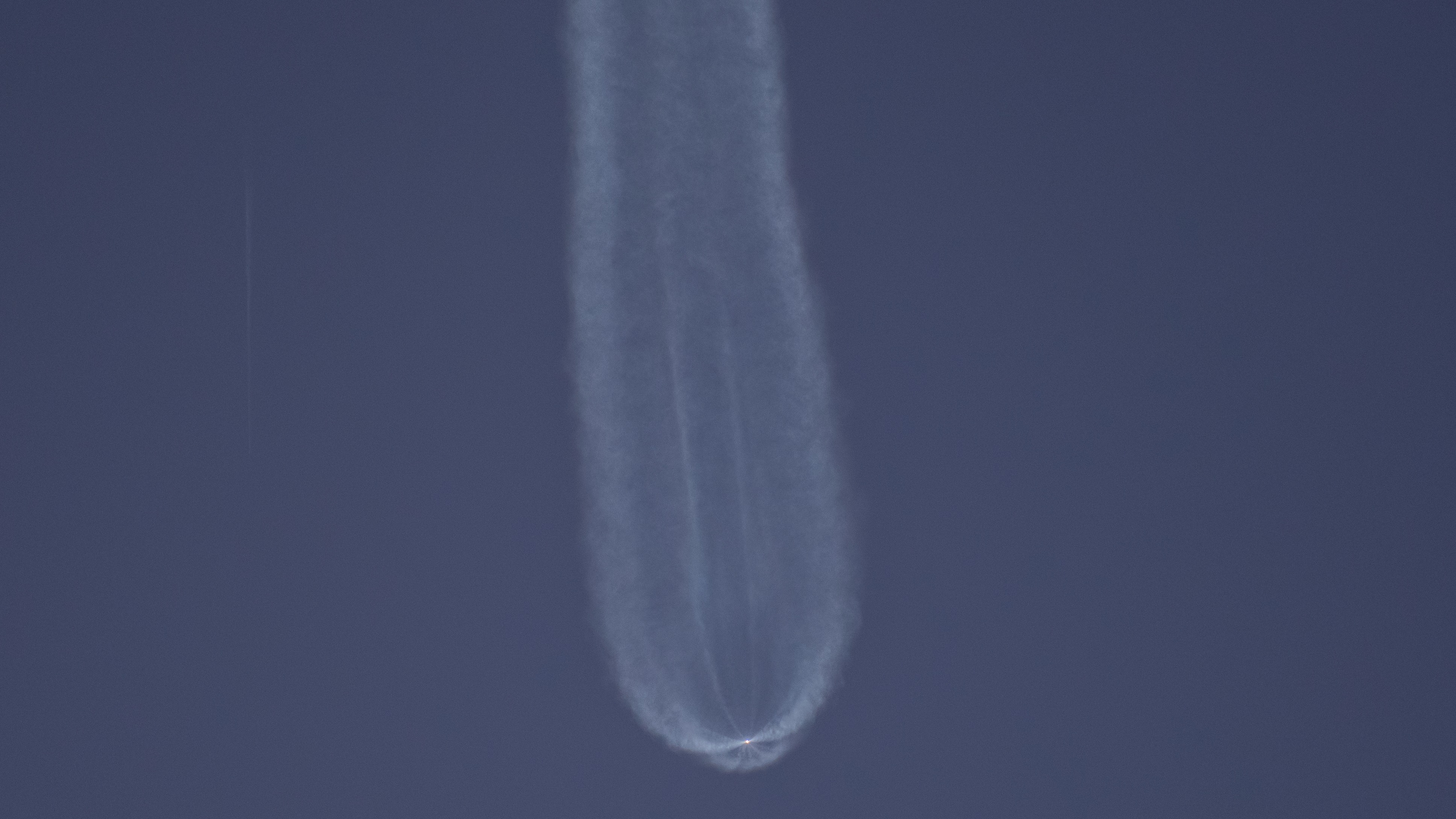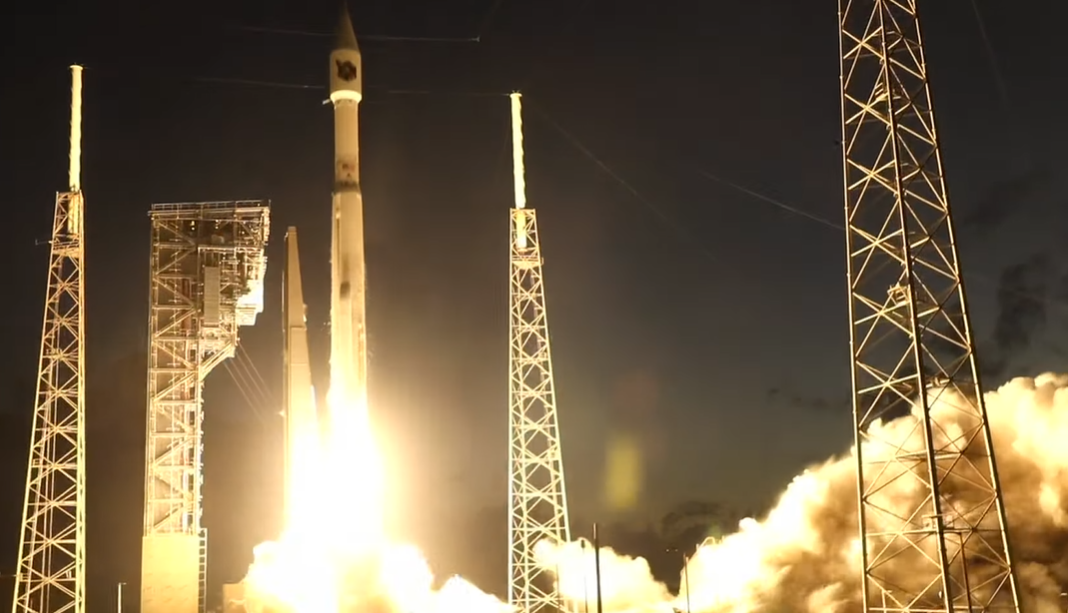These Atlas V rocket Space Force launch photos and videos are simply epic
A powerful rocket flexed its muscle during a launch this month for the U.S. Space Force.

Feel the powerful glow of a rocket launch aftermath in these incredible photos and videos.
One of the top military rocket liftoffs from earlier this month got a huge footage boost from both the U.S. Space Force and United Launch Alliance (ULA).
The incredible photos show the roar of the ULA Atlas V rocket as it shot a new military satellite into orbit Aug. 4. The satellite, known as SBIRS GEO-6, is the sixth and final spacecraft launched to form a constellation that will detect and track missiles known as the Space Based Infrared System Geosynchronous Earth Orbit program.
Space Force footage below shows the powerful rocket creating an artificial sunrise at Cape Canaveral Air Force Station in Florida. You can see the heavy-lift Atlas V glowing in the reflection of the water surrounding the launch facility, and then creating a funnel-shaped plume as it soars high in the atmosphere of Earth.
Related: The most dangerous space weapons of all time


ULA also got in to the fun, hosting videos and photos both from the official website and from its CEO, Tory Bruno. "Looking into the maw of rocket exhaust glory," Bruno said in one tweet showing a scary close-up shot of the rocket lifting off from the pad.

Looking into the maw of rocket exhaust glory. (Crank up the audio)... #SBIRS GEO6 pic.twitter.com/lcyNnRJchfAugust 10, 2022
You guys liked the last #SBIRS video so much, I thought I'd share one more. Crank up the sound and enjoy... pic.twitter.com/ejOz6G8HVKAugust 11, 2022
SBIRS GEO-6 is in commissioning to work alongside five other satellites in geostationary orbit, which is roughly 100 times higher than that of the International Space Station.
Get the Space.com Newsletter
Breaking space news, the latest updates on rocket launches, skywatching events and more!
Working together at 22,200 miles (35,700 kilometers) above Earth, each satellite is spaced out in a pathway to get broad coverage of our planet. The newest member of the fleet includes "infrared surveillance to support missile warning, missile defense, battlespace awareness and technical intelligence," according to an SSC press release. ("Infrared surveillance" means monitoring the heat signatures associated with a red-hot rocket launch.
This latest launch rounds out a series of satellites that began launching in 2011. A next-generation missile detection system is already in the works, too.
Those detection systems are becoming paramount now that new classes of weapons are being developed by the United States and its peer rivals. Space Force, DARPA and the U.S. military are working on hypersonic weapons systems, meaning those that can exceed five times the speed of sound (Mach 5), as well as a fresh network of satellites to detect those weapons launching from non-allied countries.
An example of what the Americans are facing is the Kinzhal missile announced by Russian state media in 2018, which the Russians claim can fly five times faster than the speed of sound. The speed and maneuverability of these weapons require new methods to detect and track them after launch.
Follow Elizabeth Howell on Twitter @howellspace. Follow us on Twitter @Spacedotcom or on Facebook.
Join our Space Forums to keep talking space on the latest missions, night sky and more! And if you have a news tip, correction or comment, let us know at: community@space.com.

Elizabeth Howell (she/her), Ph.D., was a staff writer in the spaceflight channel between 2022 and 2024 specializing in Canadian space news. She was contributing writer for Space.com for 10 years from 2012 to 2024. Elizabeth's reporting includes multiple exclusives with the White House, leading world coverage about a lost-and-found space tomato on the International Space Station, witnessing five human spaceflight launches on two continents, flying parabolic, working inside a spacesuit, and participating in a simulated Mars mission. Her latest book, "Why Am I Taller?" (ECW Press, 2022) is co-written with astronaut Dave Williams.
